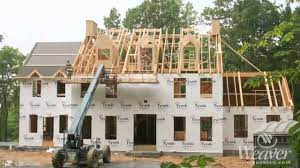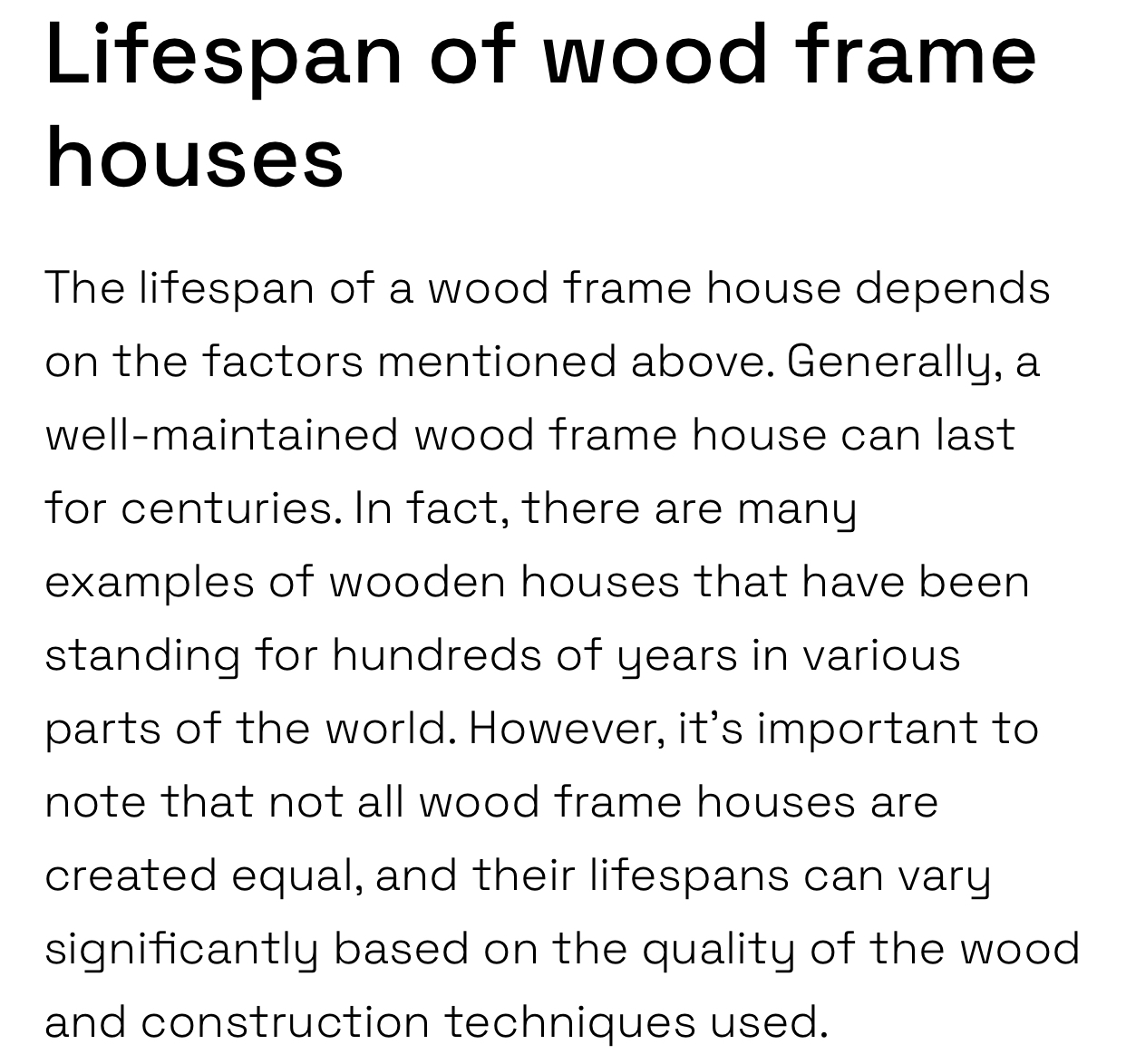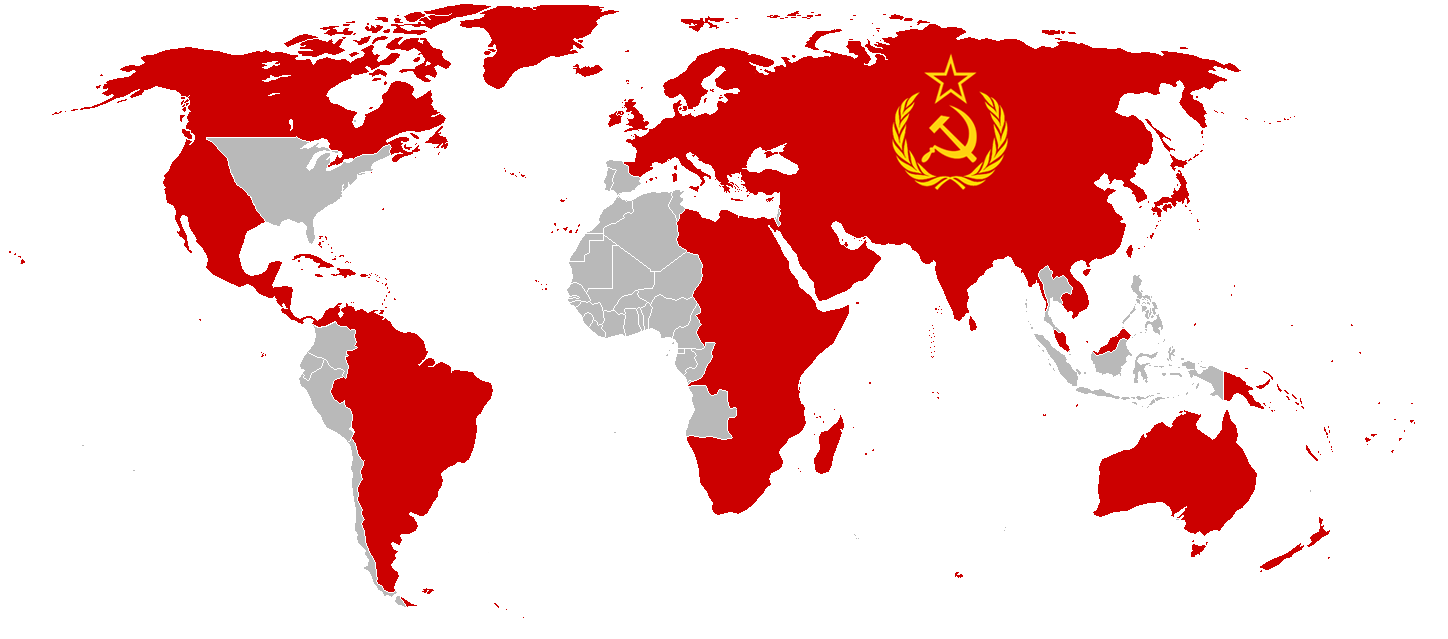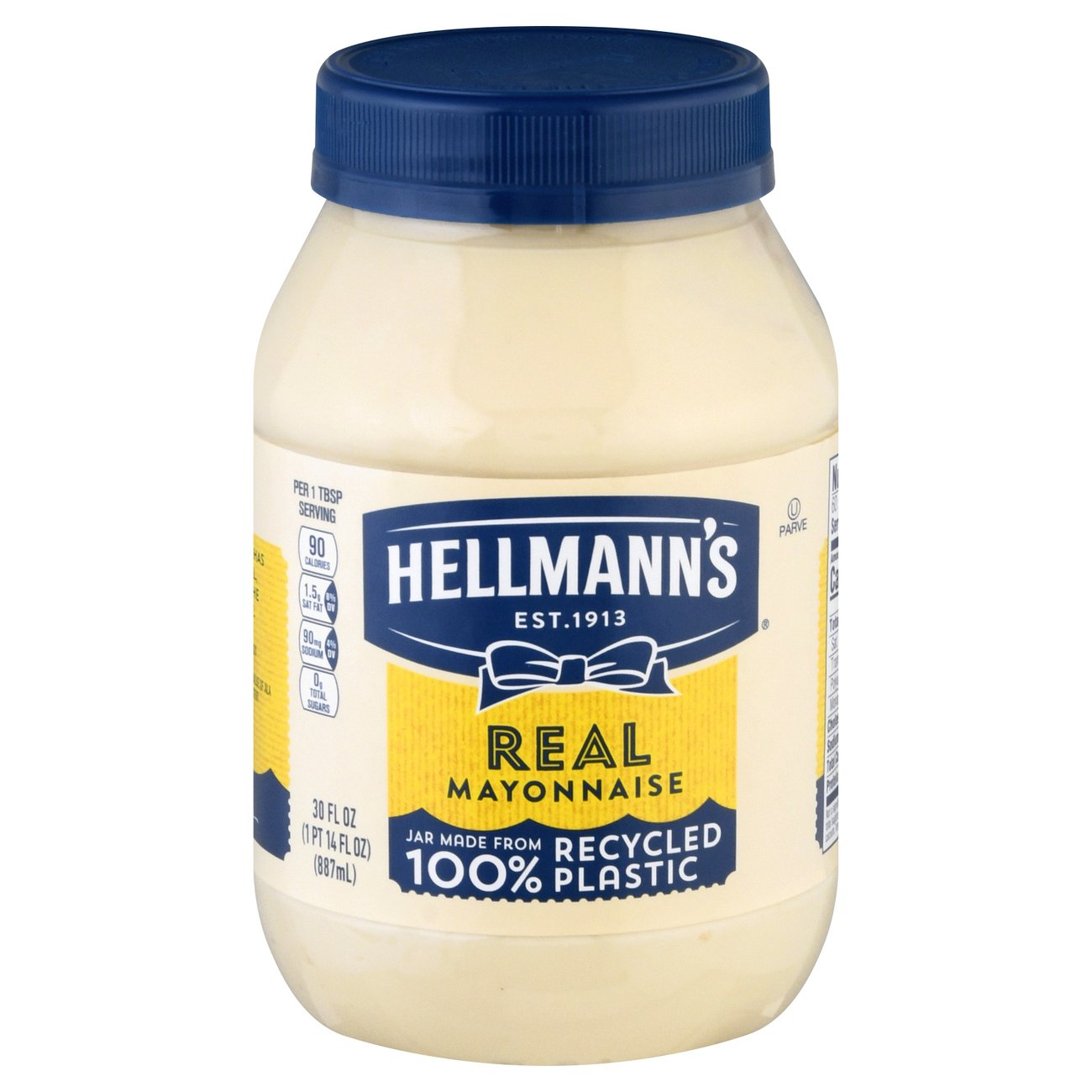That’s Chinese disinformation! And Lao disinformation! And Kazakh and Cuban and Vietnamese and… listen, Americans need to be fed a strict media diet or else they’ll start having thoughts.
That many people owning houses in [insert superior Western country] could never work
The US is too diverse for universal home ownership
My dogs are going absolutely wild

I only just noticed that it has a red line separating the colours
A Thin Blue line would be more accurate

Fuck. You’re right.
I studied this recently, the UK appears to have a 60% ownership rate, untill you examine how they report it.
33% of people outright own a house in the UK, the other % are paying one off. No sane person would say they owned a house if they had only made 2 700 pound payments on a 250k property, but the UK does for stats.
The other countries report it the same. I live in Slovakia and there is absolutely no way that over 90% of people own their home here without counting the people who haven’t paid off their house yet.
they’ll start having thoughts
Could our brains survive that kind of strenuous exercise?
Seriously, we must be the only people who can burn calories just reading a book.
mfw cuba is magnitudes poorer than its neighbour, the USA but can provide housing and healthcare for everyone in it, and even a surplus of 50k doctors they export to the third world on demand.
They also provide food for everyone. There are government “stores” where citizens receive their weekly allotment of eggs, produce, dairy, flour, and occasionally meat. Certain things can only be bought but there’s a standard that everyone has access to something even when some foods can be scarce.
but how many chips flavours do they have?
But do they have 7000 flavors of Oreos?
But do they have Flamin’ Hot Cheetos Mac n Cheese?
The embargo is mostly detrimental to Cuba, but it also protects Cuba from certain American innovations.
“But the houses there are much cheaper and lower quality”
meanwhile Usonia

cardboard houses in places with high frequency of tornadoes and other natural phenomenons.

Concrete and metal can not withstand the temperature fluctuations in the United States, that’s why wood is used. If you take concrete from -10C to 40C, its going to crack and fail after a few years.
The problem is that the wood has gotten significantly more cheap over the years. But if you’ve seen actual wood houses, its absurd how they last centuries while concrete weathers and turns to dust, and metal corrodes.
Further, wood stands up just as well as brick and concrete do in the face of tornados and earthquakes… In that they don’t. They all collapse. the foundations are made with brick or concrete but its cheaper to rebuild the top if its wood then another material. You’re not saving your house if it gets hit with a tornado.
Also concrete requires steel supports in order to be load bearing, which is again very expensive. If you don’t put structural steel in the concrete, then you’ve created a death trap.
The cost argument is probably the more correct one, i don’t think that the temperature fluctuation excuse holds water. In Eastern Europe we have some pretty extreme temperatures too, in a continental climate you can easily go from double digit negative temperatures in the winter to 30-40 in the summer. And the use of concrete and bricks and so on is still very widespread.
I didn’t say it was impossible, it’s not like if you use concrete it’s going to instantly vaporize and explode.
However it will require significantly more upkeep and repair, and will become dilapidated quickly without proper maintenance.
Just look what happened to all the khrushchevki after the Union fell. Many stop receiving support and fell apart quickly.
Also I don’t know what you mean by the reason not holding water. It’s not the end all be all, but it’s simply science. Concrete expands and contracts to much in the face of water and temperature to make a viable long term building material without constant upkeep.
Except Khrushchevki were never designed to be long-term solution. They were a stopgap measure and have in fact outlived their projected service time by decades
I agree, but that doesn’t dent the fact the millions still live in them to this day.
Does that support ComradeSalad’s point? I.e. because if they were meant to last longer, they’d have been built differently?
Yes and no. They would have been built different, but not from wood. Don’t have to go far for examples either: here’s a house that was built to last in Stalin period. ComradeSalad does raise valid points regarding temperature jumps and the need for upkeep - but the latter is an issue with the economic mode, not the materials.
Besides, it’s the XXI century. Surely we can build things with materials a tiny bit more advanced than basic concrete
What about stones? Stone houses last a long time, stone doesn’t expand. Many houses in china also experience extreme temperature fluctuation and they build houses of stone too.
That’s all true, but stones are also much harder to transport, weigh more, are harder to acquire then wood, and are significantly more expensive then wood. That’s why masonry is much more common in Europe as opposed to the US as Europe has plenty of quarries in close proximity to all its population centers while the United States does not.
On the other hand, much of Europe has extremely limited wood so people turned to stone.
It’s just basic supply and demand, and what’s easier and cheaper to access.
That does indeed make sense
I bet there aren’t many places there with such high fluctuations
You would be surprised. The United States is the size of a continent and just the North East and North Midwest United Stated are larger then all of Europe minus Russia.
Yep, but a house doesn’t move from south to north to west, it’s stationary so if a house is on the south, the temperatures in the north of the country are irrelevant
What? I don’t think you understood what I said. There are millions of homes in the United States that are subject to extreme temperature changes, the North East and North Midwest commonly go from -20C in the winter to 40C in the summer. The Great Lakes region like Chicago, Detroit, Toronto, Eire, and so on can easily go to -40C because of the water chill.
Plus the Central US is subject to the “desert” effect, where the daytime ground temperature is extremely high due to it being wide open plains, but then then nighttime temperature is extremely low because the ground does not hold the heat.
The Pacific Northwest can go from extremely hot summers to extremely cold and snowy winters. The climate of the US is extremely varied.
Ok, so I checked the 3 cities you mentioned on weatherspark.com and none of them comes close to that variation, Chicago for example typically goes from -6°C to 28°C, which is not extraordinary at all.
So as I said before there are probably not many places with so big variations. You maybe find some place, but as your own example showed, it’s not the rule
https://gisgeography.com/us-temperature-map/
The maps don’t bear out a lot of places with that sort of a temperature variety. Even they it did, -10⁰C and 40⁰C are just outside the norm for many steppe climates (an example off the top of my head), and there are whole cities of concrete in steppe climate regions.
Wood lasting centuries is even less credible, since wood can’t last decades. Buildings can last in a ship of theseus sense, but the wood itself breaks down for all manner of reasons.
Literally the first result on Google. Also for the concrete, I never said you can’t use it; I just said it’s a less preferable material as it requires more maintenance.
I also never said the garbage plywood houses that they’re throwing up will last 100+ years. But I have seen many ancient wood frames in my life, and that is extremely common in the US.

That’ll be half a million dollars please
“Numbers that high are impossible, the country is lying”.
Obviously the natural order of things is to have homeless on every street corner, it is impossible to exist otherwise!
But Laos Cuba Vietnam and China don’t have freedom Democracy and most important of all bald eagles!
People seriously discount bald eagles… sure, having healthcare and housing is nice and all, but have you seen that fucking bald eagle!?
There’s a lack of freedom for housing providers to exchange goods and services in the free marketplace of commodity consumption
US is one of the largest countries in the world and it can accomodate more housing than China could able to. Note : Russia still has 87 percent ownership rate 🤣
What’s your point?
US has a lot of good terrain to build, unlike china that has a difficult terrain to build on.
i think his point is that usa can very easily provide housing for everyone but it chooses not to.
This post is not about homelessness, but home ownership.
spoiler

Yeah?
I dont understand the point of your comment. Also it reads overly antagonistic
Post about homeownership rate, showing china is among highest
General comment about US availability of land vs China’s, hinting that US could do a lot better
You asking about the point of said general comment
Another offers explanation. Mind you home ownership is a “higher bar to clear” than mere getting rid of homelessness, because you could get rid of homelessness without having high home ownership
You for some reason clarifying that’s not about homelessness, but home ownership? (The formal writing style makes it read like you’re unnecessarily antagonistic and pedantic)
well, if u are homeless, perhaps we can infer that you don’t own a house ¯_(ツ)_/¯
Reading the post explains the post
No relation between the two, surely
Smells like a lack of Freedom to me!
Damn Laos killing it!!!
here I am wondering how south macedonia is doing

not as good
deleted by creator


























